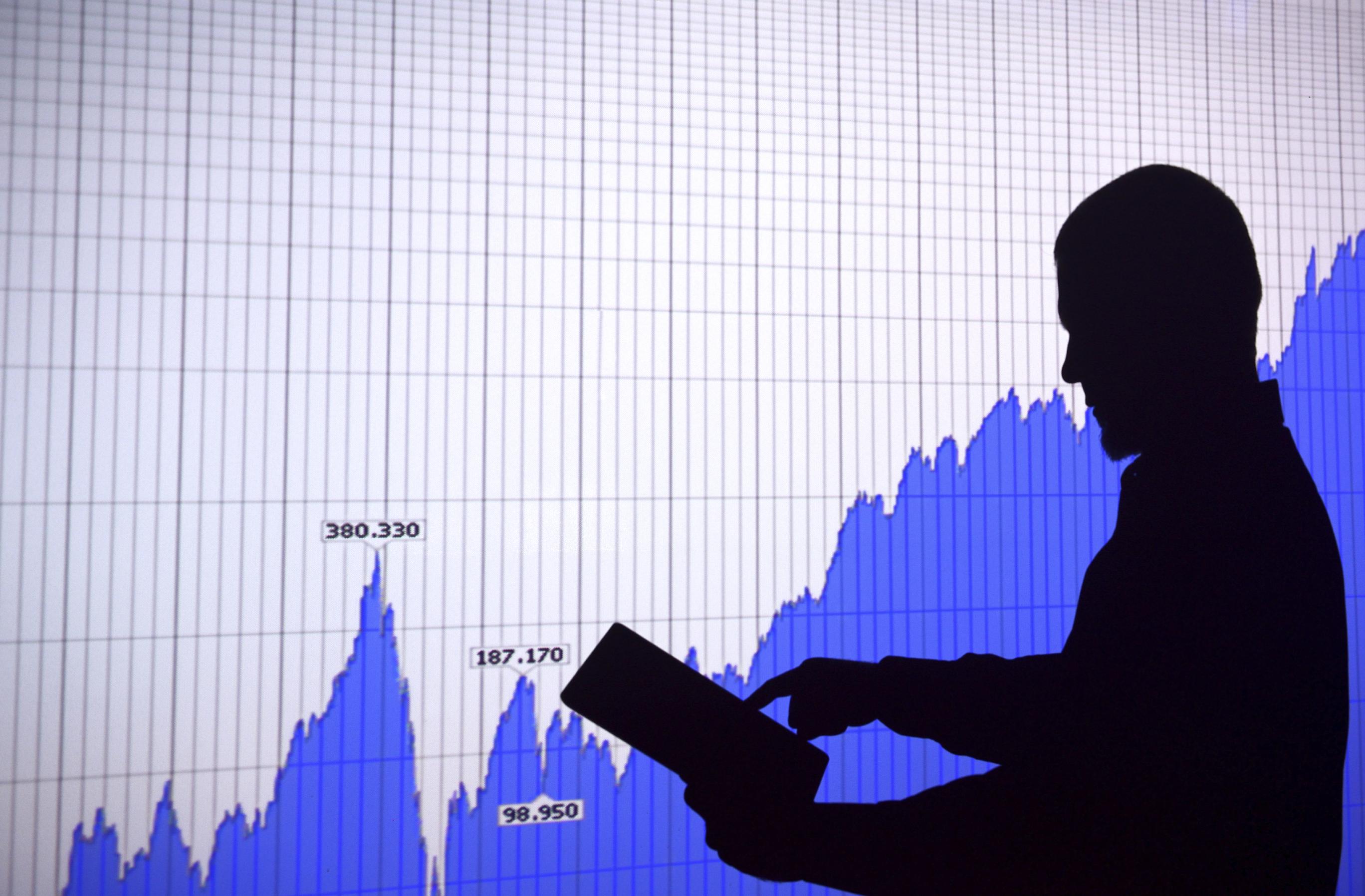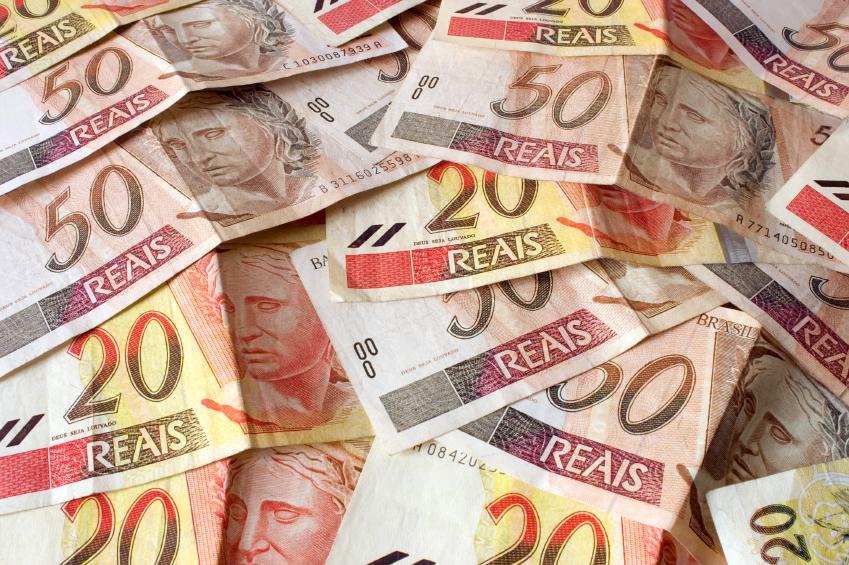
Given the recent extreme volatility in China’s public equity markets, one could be forgiven for thinking that the country is a risky environment for investors. Indeed quarterly and annual returns from Chinese private equity (PE) funds reflect this volatility. Many institutional investors around the world, and even on the ground in China, have formed a view that Chinese Private Equity returns have been lower and riskier than returns in their Developed Market counterparts.
Yet when looking beyond anecdotal evidence and ignoring for a second the short-termism which seems to be de rigueur in financial market discussions these days, a different picture emerges. When China’s volatile short-term PE returns are assessed across an entire fund’s term, we see a smoothing effect to performance and a sharp reduction in volatility at the fund level for China’s GPs, challenging conventional wisdom.
In the latest Private Equity Navigator, our biannual analysis of the global PE industry in partnership with Pevara, we find that Chinese PE funds have performed well relative to their global peers for fund vintages 2005-12 (younger vintages are not meaningful as they are still almost exclusively in investment mode). In fact, examining returns for this period, shows that Chinese funds have outperformed, generating a pooled mean Internal Rate of Return (IRR) of 12.51 percent compared to the global industry’s return of 9.92 percent IRR. Funds of the same vintages investing in North America, Europe and Asia have generated pooled mean IRRs of 9.98 percent, 10.23 percent and 8.30 percent respectively.
Further, the range of returns between the best and the worst-performing funds in our sample[1] by region – representing a simple measure of volatility – is the narrowest for China – with a high of 28.20 percent and a low of -2.56 percent.Europe has the best-performing (top quartile at 30.04 percent) as well as the worst performing funds (-14.38 percent).
This is especially instructive given the perceptions among global investors in the PE asset class that China is an unstable and risky place to allocate capital. Although at an Asia regional level this sentiment holds partially true, as PE funds across Asia (including China data) of the same vintages have produced an 8.30 percent pooled mean IRR (worse without China PE) with high volatility – our findings show a significantly better risk adjusted return for China.
Key drivers
Several reasons can be offered to explain our findings. The first one to come to mind is the macroeconomic story. With Chinese GDP growing at an annual rate of between 8 and 10 percent over much of the past decade, PE funds had the opportunity to back successful entrepreneurs and invest in winning companies growing at a multiple of the overall market rate. The size of the economy vs. its maturity has also regularly created pockets for arbitrage, be it the early identification of new trends and concepts, roll-ups or fast expansion strategies, non-intermediated deal flow or multiple arbitrage in pre-IPO investments.
Our second question concerns that of fair value in PE valuation. Chinese PE returns include a significantly higher proportion of unrealised returns than Western Markets PE. While exits in Europe and in particular North America have approached record levels in recent years given favourable market conditions, the same pace of realisations has not materialised in China. For example, pooled multiple returns for North American PE funds with vintages 2005-2012 are 1.41x (TVPI) vs. 1.57x for China. However, North American firms have realised half of that value, distributing 0.76x of invested capital, while China has returned only 0.46x or just 30% of the overall reported returns.
Assuming that these unrealised returns do have a basis in reality – marked to market based on either partial exits, follow on investment rounds (venture in particular) or performance of listed comparable companies – the recent headwinds in China’s public markets suggest that turning them into real (cash) returns may prove to be challenging.
At the end of the day, investors in the PE asset class (limited partners in market lingo) rate PE funds (general partners) based on ‘cash-on-cash’ returns, meaning the jury is still out on private equity’s recent fund performance globally. However, for the moment long term investors with a portfolio of institutional quality PE funds in China should feel vindicated in their investment strategy.

Claudia Zeisberger is a Senior Affiliate Professor of Decision Sciences and Entrepreneurship and Family Enterprise at INSEAD and the Academic Director of the school’s Global Private Equity Initiative.

Follow INSEAD Knowledge on Twitter and Facebook
[1] The top and bottom quartiles presented – and thus the best and worst performing funds – are bounded by the 95th and 5th percentile funds to remove outliers.
-
View Comments
-
Leave a Comment






No comments yet.